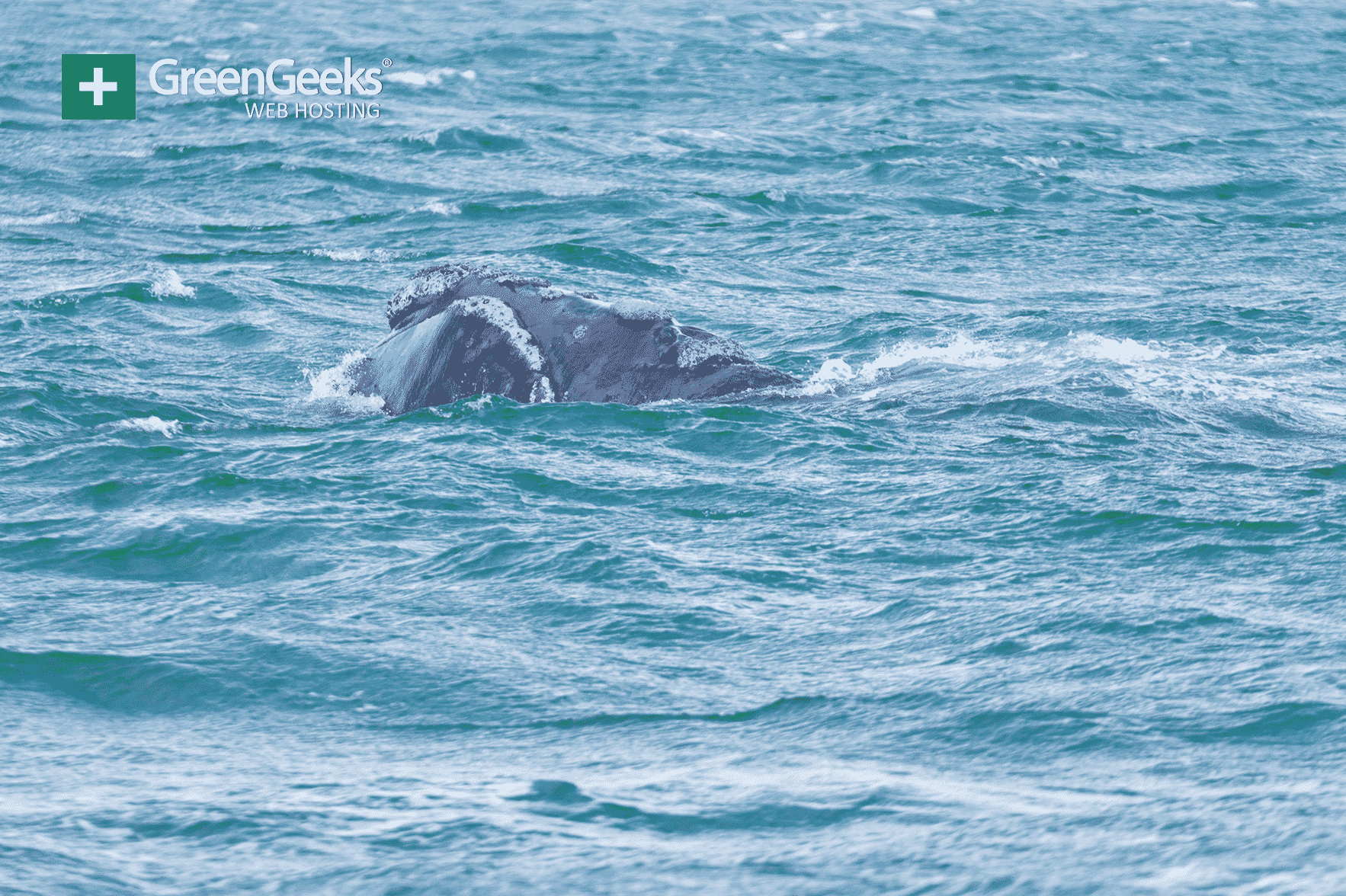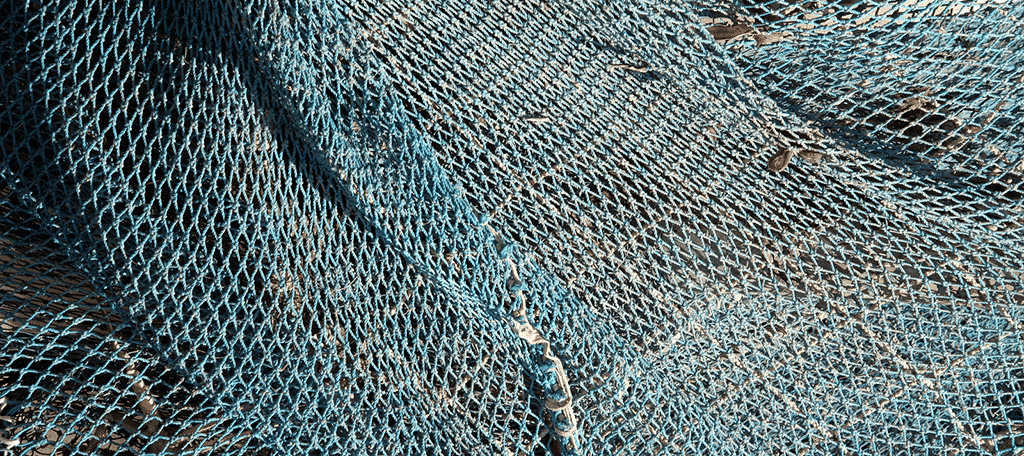
The North Atlantic right whale is among the most endangered species with only an approximate 411 remaining in the world. However, two calves were spotted in Cape Cod, which brings the number up to three for the year in that area. An additional seven were spotted off the coast of Florida as well as Georgia.
This is very good news for the species.
For many years, the number of North Atlantic right whales that were dying was higher than the number of those being born. Among other factors, this has pushed the species closer to the brink of extinction. But, thanks to conservation efforts, young whales are now being spotted.
Why Has The Population Gotten So Small

Unfortunately, this whale species has had a very difficult history. The North Atlantic right whales were hunted to near extinction by the 19th century and received protection status by 1935. However, even with the hunters gone, this mammal still has a lot of problems.
For starters, the female North Atlantic right whales only become sexually mature by the age of 10. This makes it very difficult for new whales to be conceived since the female whale must first survive for 10 years in the wild. This can be extremely difficult because human interference is one of the biggest dangers.
While the whales have not been hunted in years, it does not mean they are safe from fishermen. Many of the surviving whales all have entanglement scars from being caught in a fishing net. While this may not be the intention of the fishermen in the area, it is happening. And it is hurting the whales.
On top of this, it is common for them to collide with ships.
In addition to all of these difficulties, the whales now must deal with the harmful effects of climate change and plastic pollution. The warming ocean temperatures, due to global warming, are forcing fish to migrate to a different location which disrupts their food sources. Plastic pollution is literally killing millions of fish every year and many whales end up dead on a beach with a stomach full of plastic.
Conservation Efforts Are Working
While these whales are still in grave danger and face extinction, the recent calves sightings are great news. Females reproduce every four years, which can make repopulating a very slow process. However, these sightings are all worth it. As long as conservation efforts continue, this whale isn’t going extinct anytime soon.

